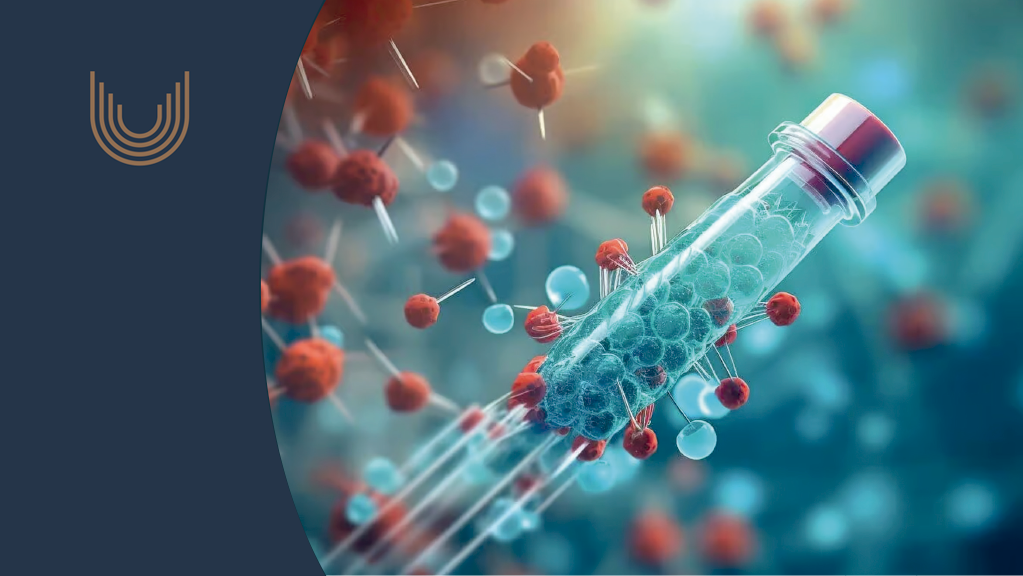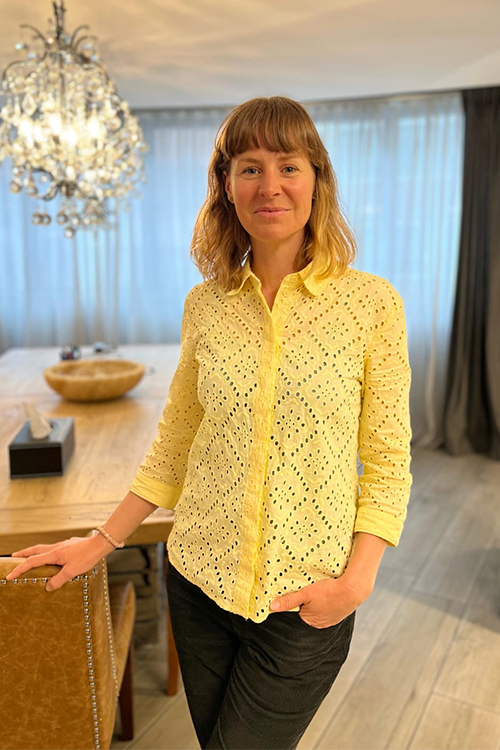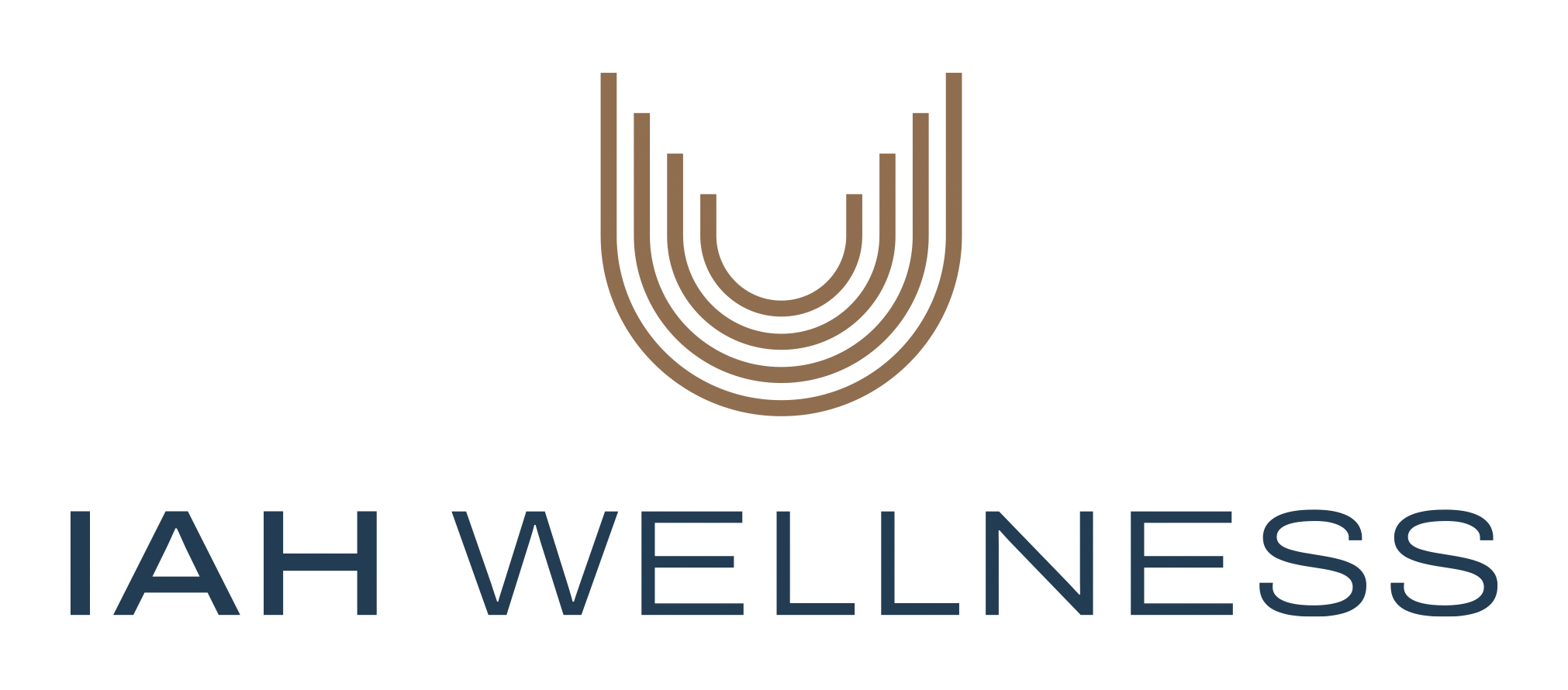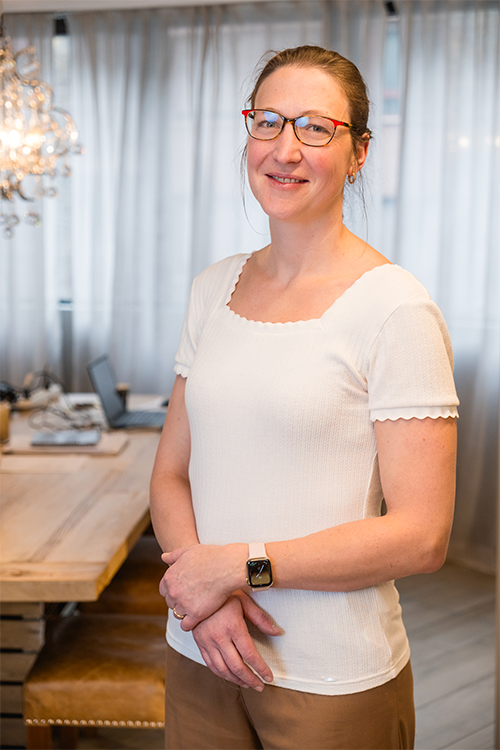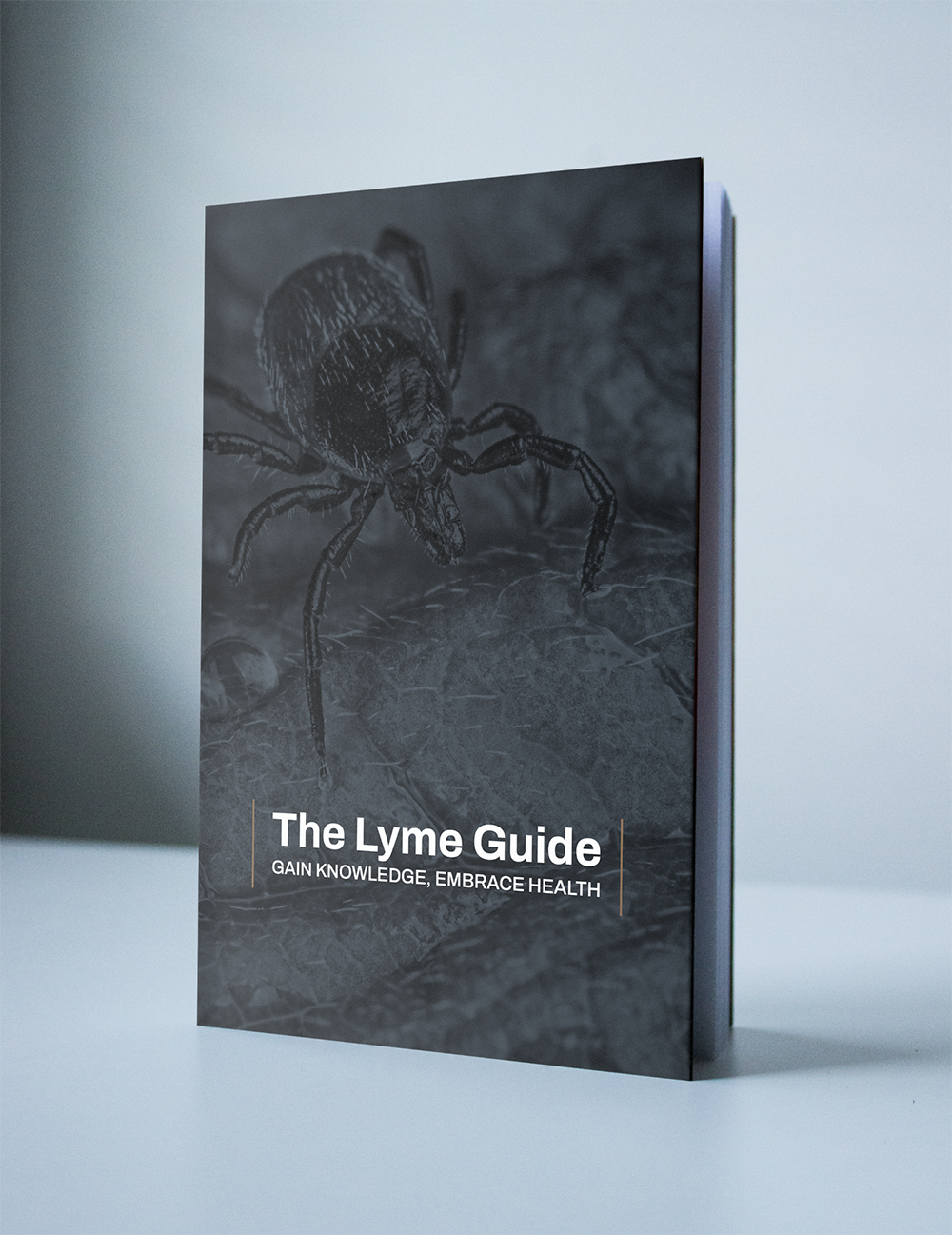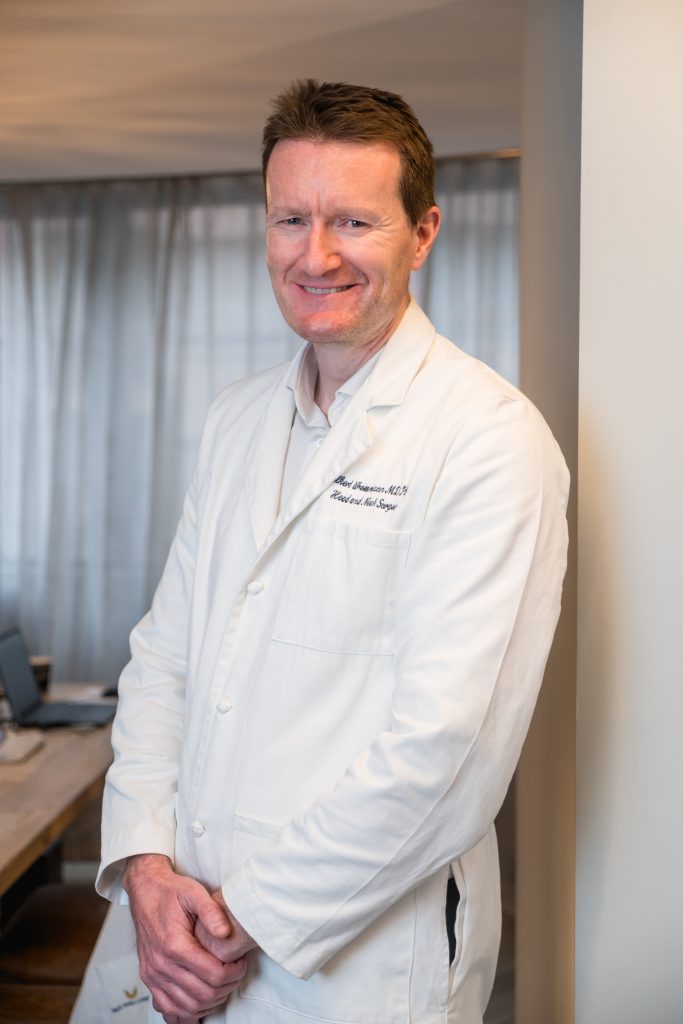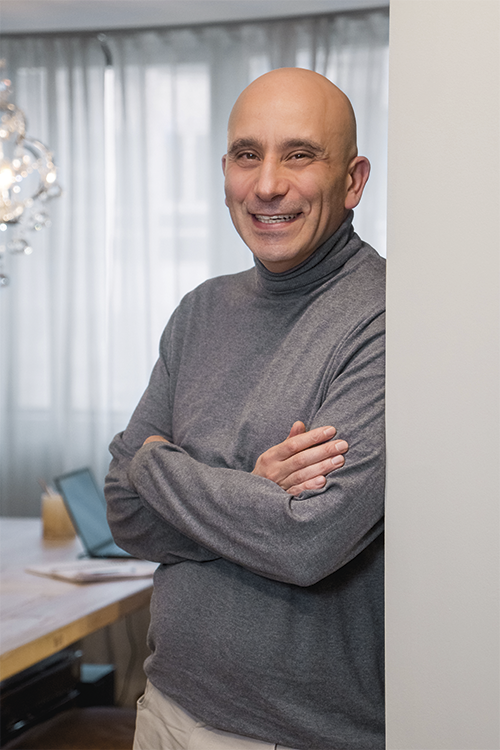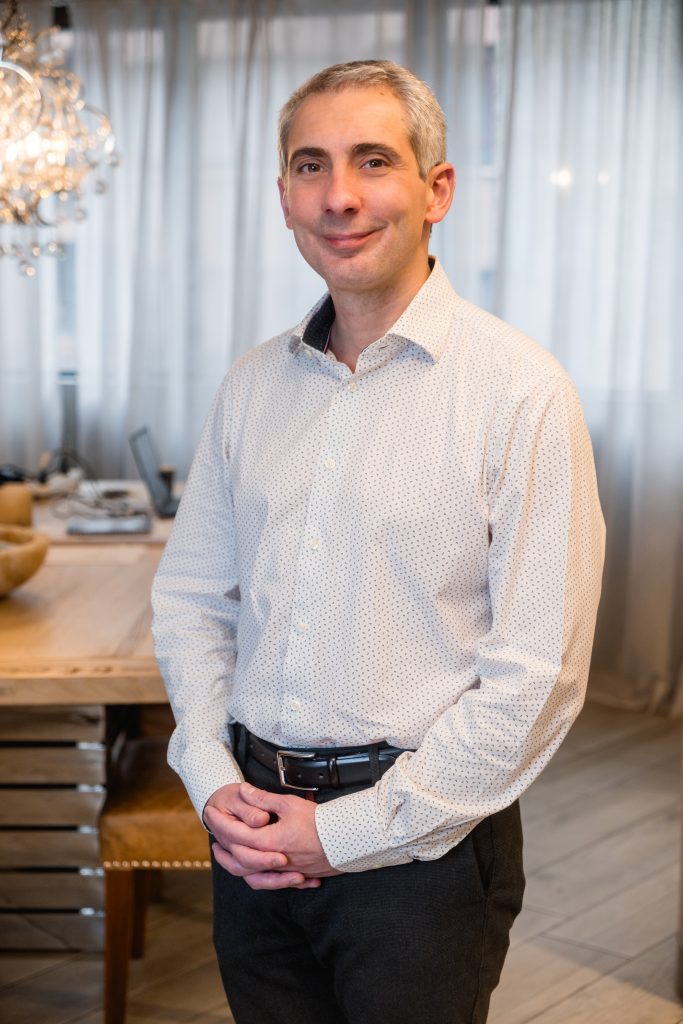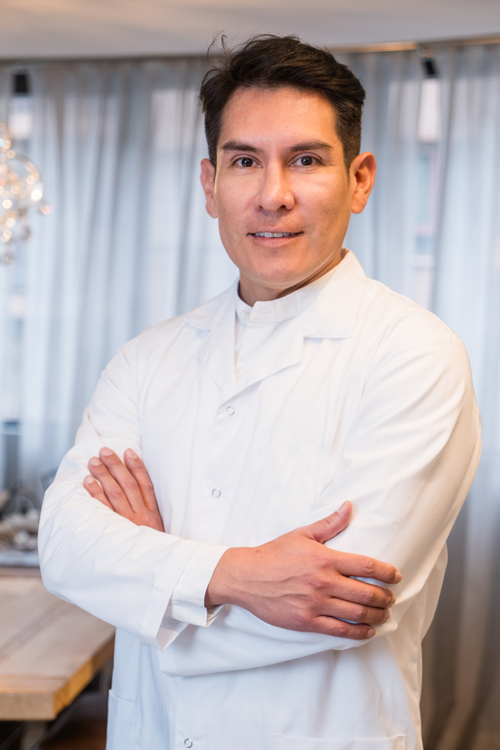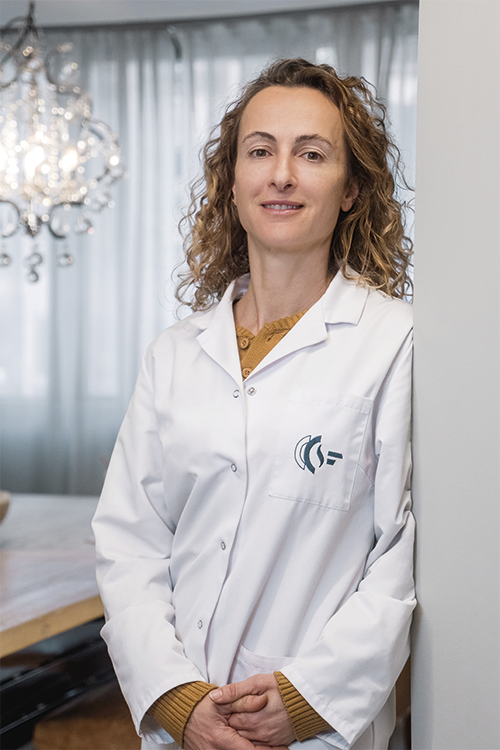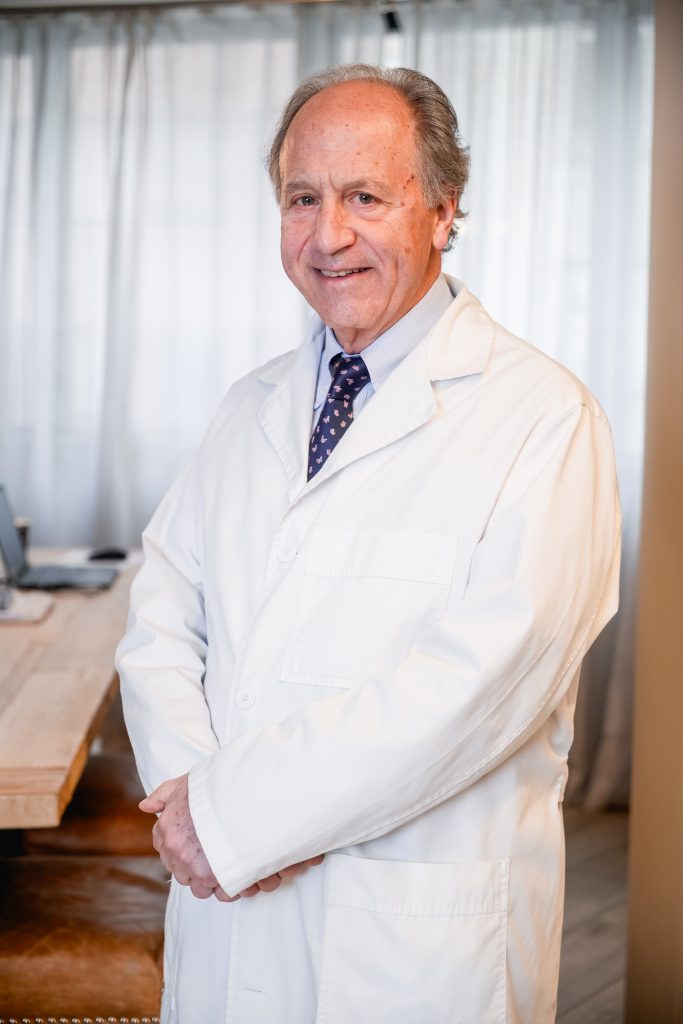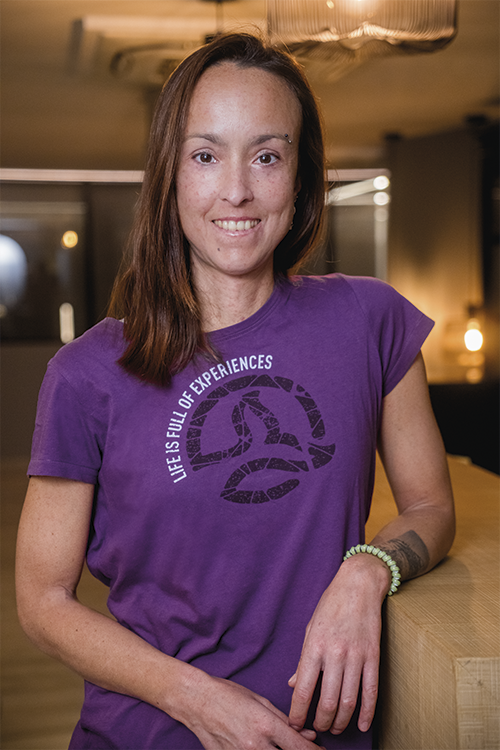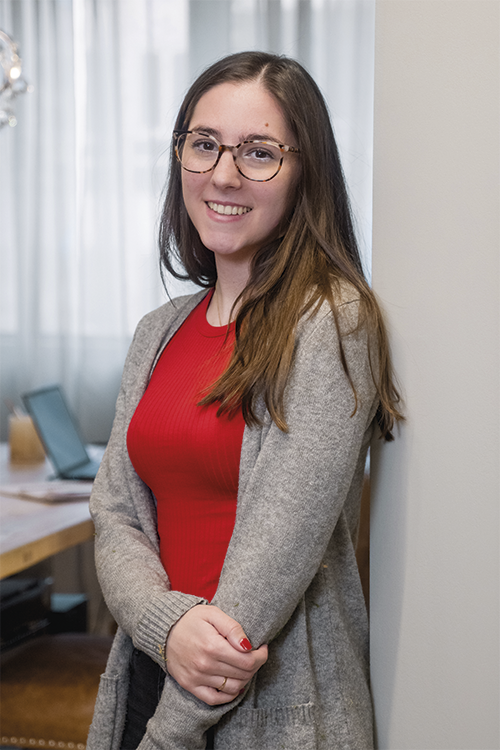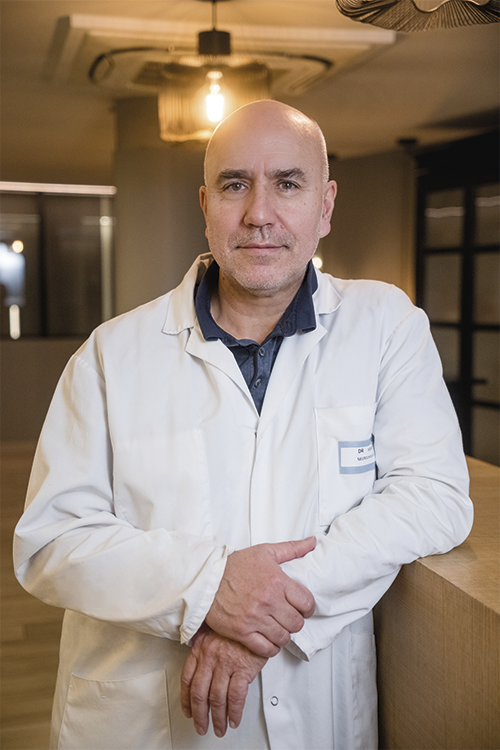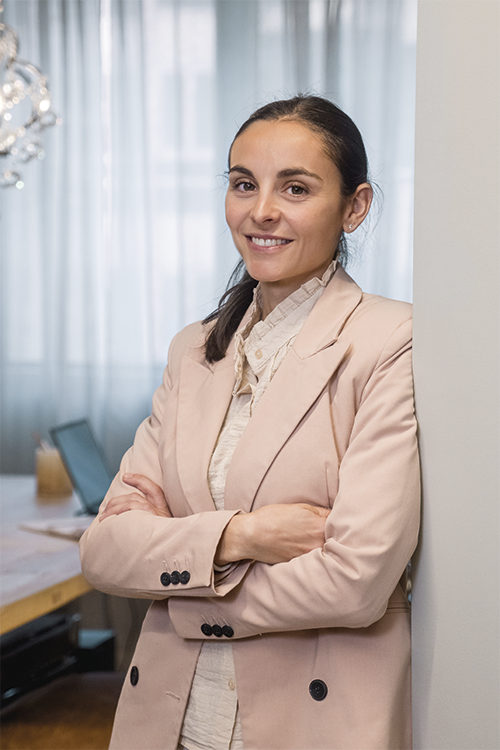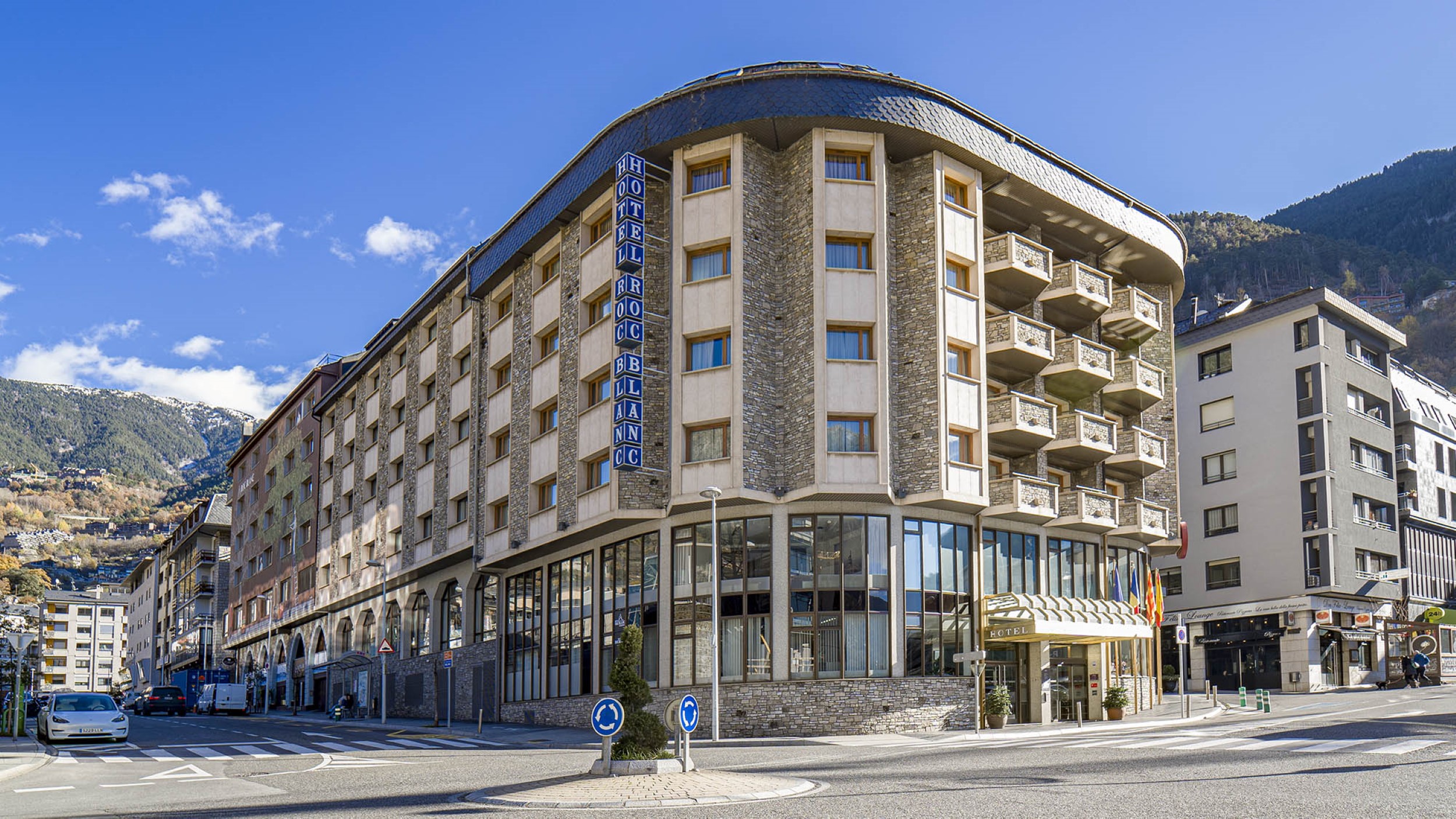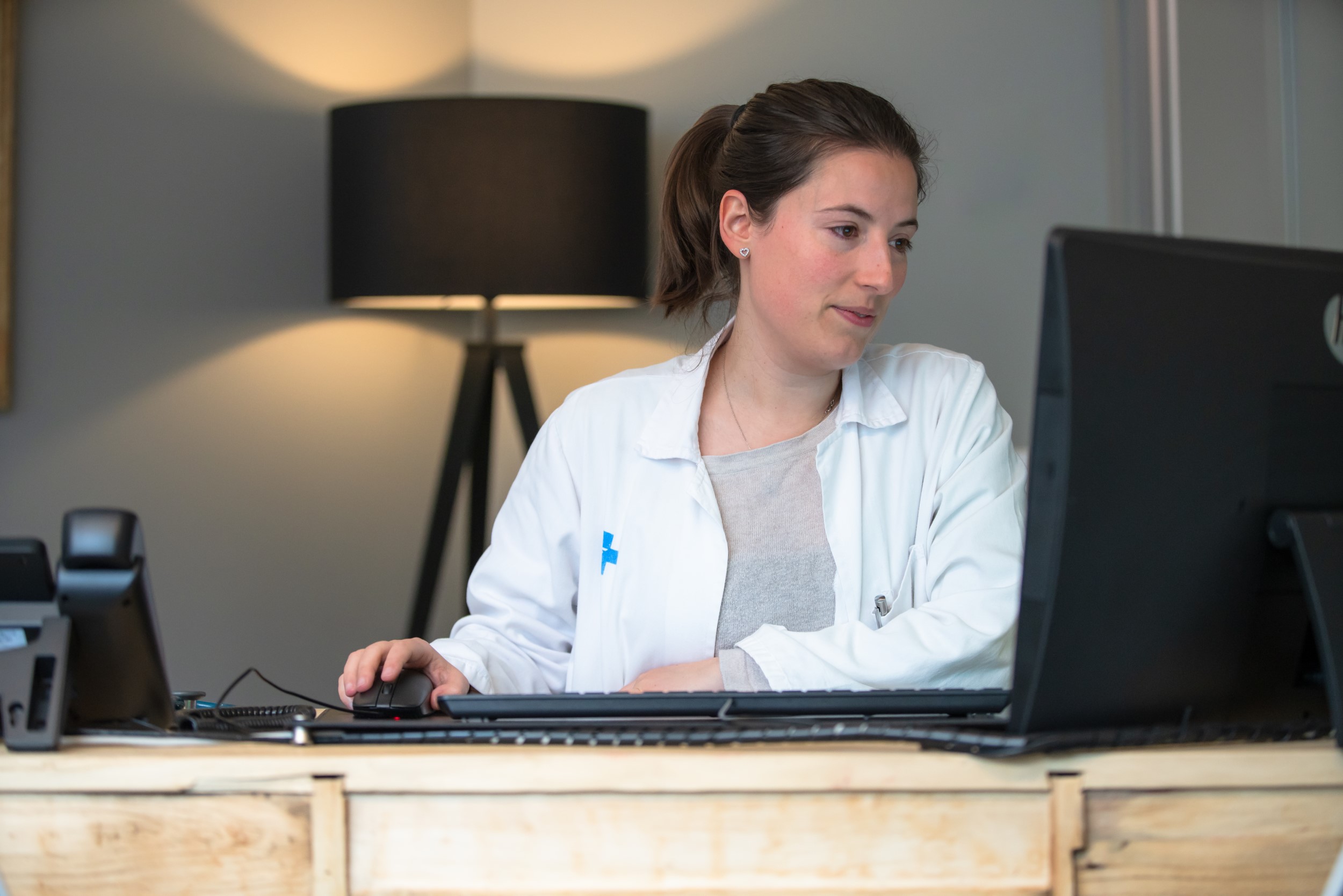With the IPT, we treat cancer and Lyme disease gently and without the usual side effects of classic chemotherapy.
Insulin Potentiated Therapy, abbreviated to IPT, is a gentle treatment option for cancer patients in combination with conventional chemotherapy.
The difference between IPT and traditional cancer treatment with chemotherapy is that side effects are minimised while the optimal effectiveness of the cytostatic agents use is retained.
IPT is also used in the effective treatment of borrelioses, rheumatoid diseases as well as viral and chronic diseases.
The key element in IPT is the insulin.
This autologous hormone is produced in the pancreas and serves to transport nutrients from the blood into the cells.
Insulin is thus the door opener which renders the cell membranes (the outer mantle of the cells) permeable.
If insufficient insulin is present, the supply of nutrients cannot take place, so healthy cells also soon suffer from lack of nutrients, as is the case with diabetes, for example.
Since insulin is the general door opener for cells, it follows that this hormone can be used to introduce not only nutrients, but also other carefully chosen, precisely measured substances, such as medication, into the cells as well.
The hormone insulin and its role in oncology
Even today, how and why cancer occurs is not fully known.
But the fact is, healthy cells suddenly start mutating and begin a course of autonomous, apparently random, destructive growth which is no longer subject to the normal regulating processes for healthy cells.
These degenerated cells start to proliferate and form tumours.
Unlike healthy cells, cancer cells subsist almost entirely on glucose and consequently form far more “insulin receptors” – insulin doors – in their cell membrane than healthy cells.
This means that, depending on the type of cancer, the cells can absorb up to 20 x more nutrients than the healthy cells – to put it plainly they “push in the food queue and take everything they can get”.
Cancer cells also divide in order to multiply incomparably more often than normal cells.
Depending on how aggressive the form of cancer is, the cells can undergo several resting and division phases in a day.
Conventional chemotherapies
Today, various standardised chemotherapies are used against cancers all over the world.
For this purpose, a group of substances called cytostatics are used.
These may be natural or synthetic, but they are extremely poisonous and their purpose is to inhibit cell growth and cell division.
The problem is:
The substances that are used in conventional chemotherapies destroy not only the cancer cells they are sent to eliminate, but also healthy cells.
They also cause massive disruption to other metabolic processes that rely on rapidly growing cells, e.g., hair root cells, the mucous membrane in the mouth, stomach and intestinal tract.
As a consequence, the patient experiences such a burden after a chemotherapy session that he has to wait – typically for about six weeks – before the next one, otherwise the patient’s organism would collapse simply from the side effects of the chemotherapy (not the cancer process itself).
But during this six-week pause the surviving cancer cells have plenty of time to divide, multiply and proliferate again, and form daughter cells – to metastasise.
So the treatment becomes a race against time, and the outcome is by no means certain.

